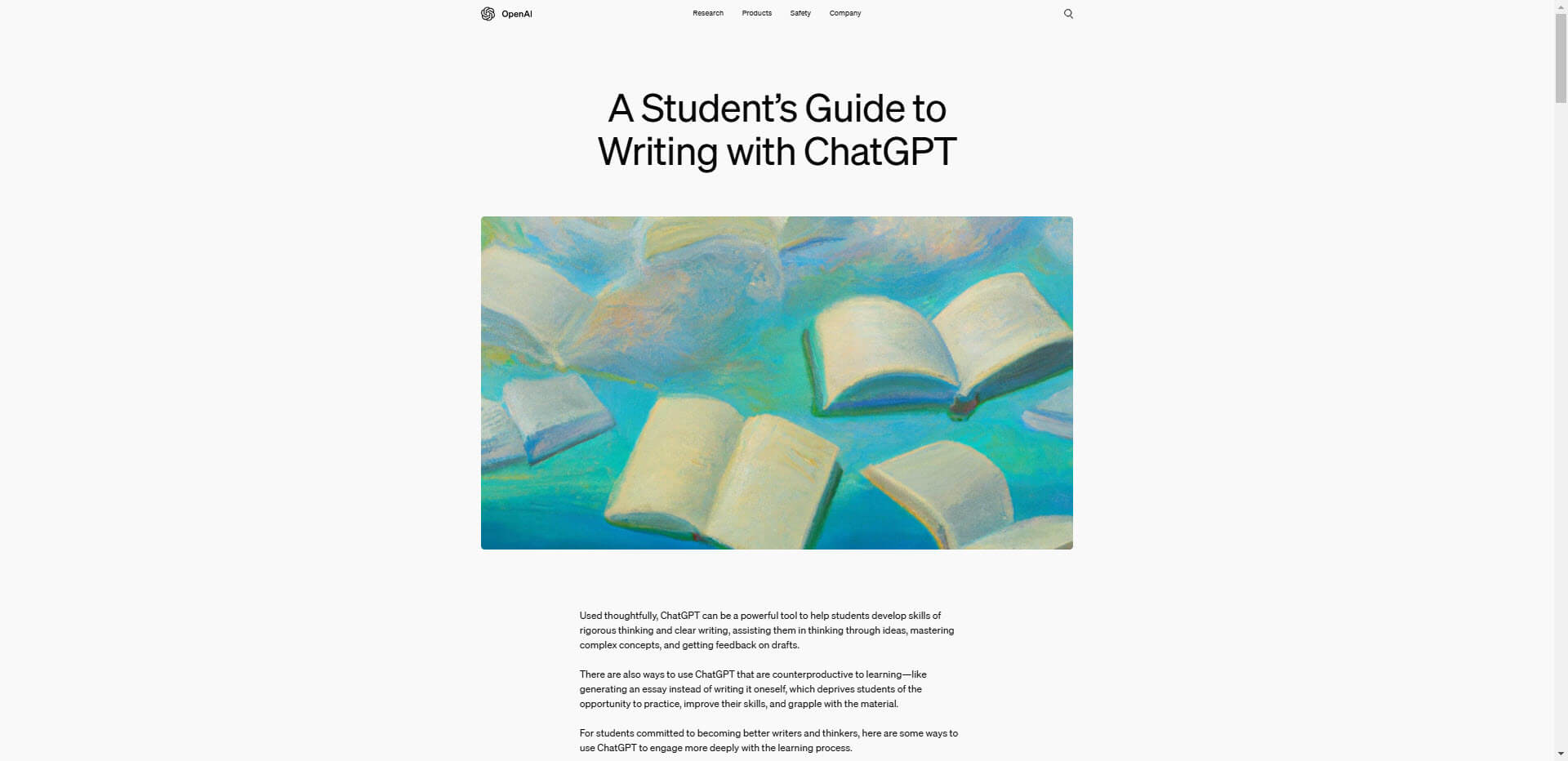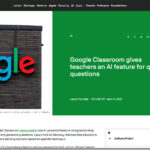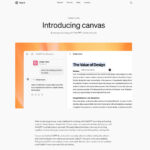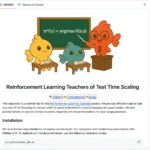The use of artificial intelligence in writing lessons opens up fascinating possibilities for teachers and students alike. ChatGPT, which is based on advanced language processing methods, offers innovative approaches to improving and assessing student work.
Benefits of ChatGPT in the writing classroom
The development and application of writing rubrics is an essential part of writing instruction. ChatGPT can help create and apply customized rubrics for different grade levels. It provides teachers with a tool to help them evaluate student writing by assigning points based on criteria such as content, grammar, and overall impression.
Despite the ability to generate feedback, it should not be overlooked that human teachers are still essential to ensure contextual understanding and deeper insight. The focus should be on complementary use, as AI must be skillfully adapted to foster creative and critical thinking skills.

Encouraging creative writing skills
ChatGPT offers inspiring creative writing prompts that can be adapted to different educational levels and interests. These prompts encourage students to explore different genres and unleash their imagination. ChatGPT also provides real-time feedback on grammar and style, encouraging students to correct and refine their writing independently. Through interactive writing challenges, such as short story competitions or essays based on current events, teachers can significantly increase their students’ motivation and understanding of writing.
Support for the entire writing process
ChatGPT also provides valuable help in generating ideas and structuring texts. Students can be supported in the development of overviews and even advised on the formulation of titles. These functions help to make the writing process structured and efficient. The fight against writer’s block is also made easier by ChatGPT generating targeted content on specific points and maintaining the flow of ideas. In terms of the often tedious citation process, ChatGPT assists with the correct formatting of citations, saving valuable time.
Summary
- Creation and use of rubrics with ChatGPT to assess student texts.
- Feedback from ChatGPT as a supplement to human teacher knowledge.
- Individualized support through feedback and creative prompts.
- Real-timegrammar and style analysis as a learning aid.
- Help with structuring and overcoming writer’s block.
This interplay of artificial intelligence and human knowledge in the classroom leads to a fruitful educational experience that catapults writing lessons into the 21st century and supports students on their individual development path.
Sources: OpenAI







